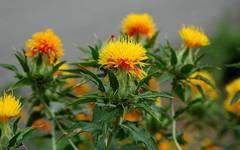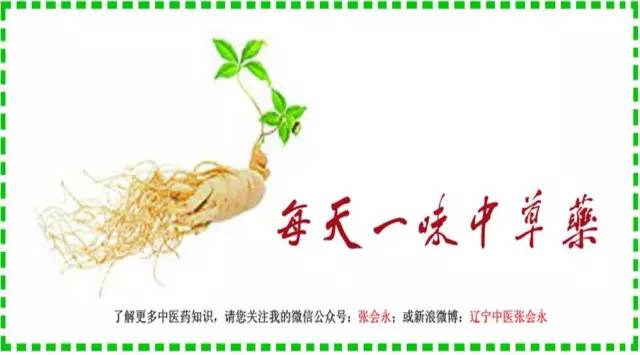
Safflower (Honghua), an annual herb of the Asteraceae family, grows nearly one meter tall, with spiny leaf edges; the stem is upright and pale, branching out with 1-5 clusters of flowers that resemble daisies, initially yellow and later turning orange-red. The ovary below the flower resembles a bottle, and after harvesting safflower, new flowers continuously emerge. Once the ovary matures, it contains 15-20 seeds that can be pressed for oil. Safflower is used in medicine for various blood stasis conditions and is also a common herb for regulating menstruation. Safflower is also known as Honglan (red-blue flower), used for dyeing and making rouge.
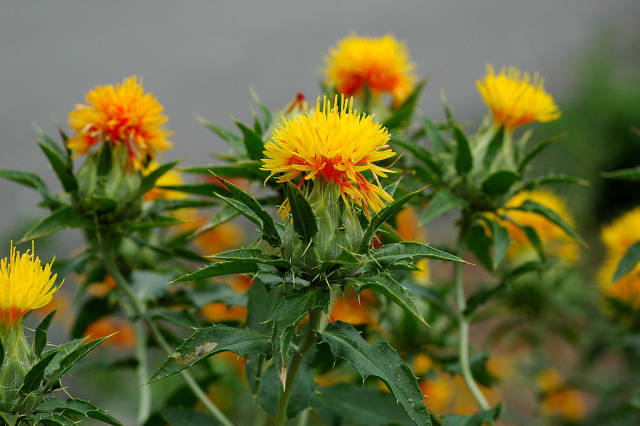
Safflower is an annual herb of the Asteraceae family, growing nearly one meter tall, with spiny leaf edges, hence it is also called Spiny Safflower.
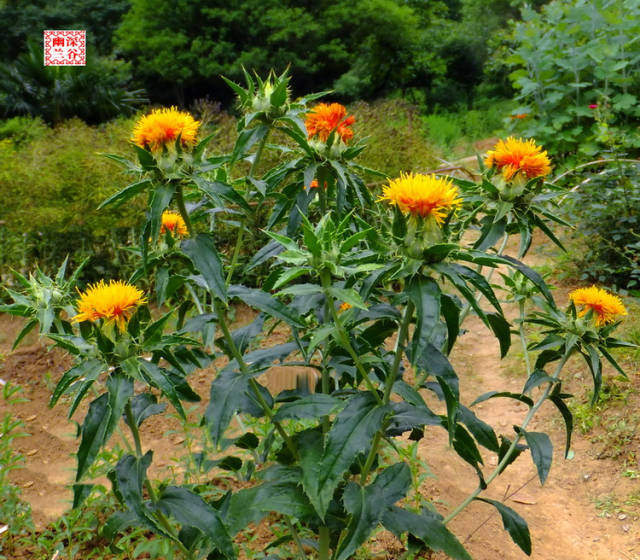
The stem of safflower is upright and pale, typically with no more than five branches, each topped with a cluster of flowers. (Note: a cluster of flowers is not a single flower; a cluster equals multiple flowers.)
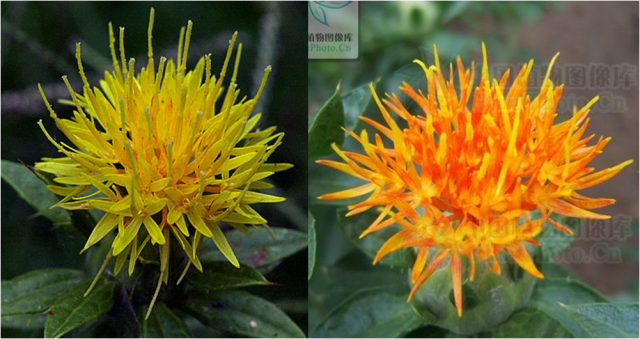
Safflower is a type of chrysanthemum plant, with flowers that initially bloom yellow and gradually turn orange-red.

Below the safflower is the ovary, which resembles a vase. Interestingly, once the safflower turns red, it must be harvested promptly; after harvesting, new flowers will continue to emerge.
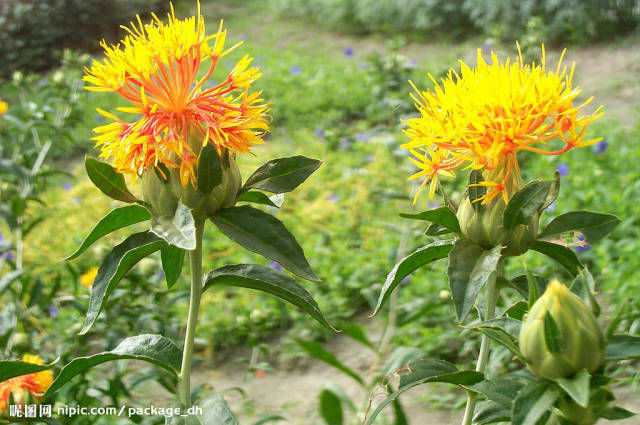
Here is a special explanation: the ovary below the safflower has a professional term called capsule. The capsule does not have a single flower blooming on top, but rather a cluster of flowers. Since the capsule contains many seeds, each seed has the potential to bloom and bear fruit, so after harvesting, new flowers will continue to emerge. If a few flowers are allowed to bloom without harvesting, they will occupy most of the time and space for the flower buds to bloom, causing the entire capsule to stop developing or even wither. Continuous harvesting can increase flower yield, and the seeds inside will become fuller with each harvest.
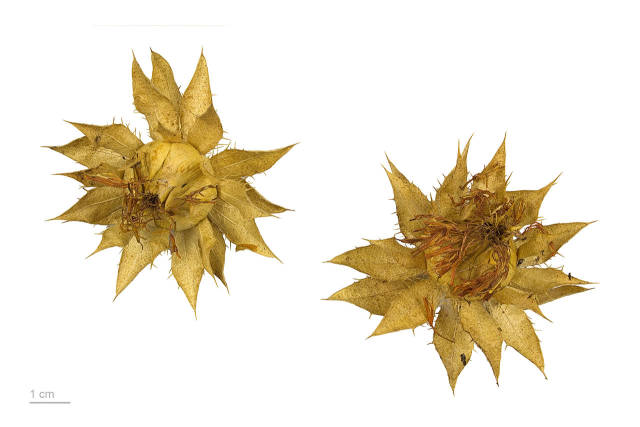 Once the safflower’s ovary matures, it turns yellow. Similar to harvesting wheat, the spikes are cut down, and by repeatedly beating them, the seeds can be collected.
Once the safflower’s ovary matures, it turns yellow. Similar to harvesting wheat, the spikes are cut down, and by repeatedly beating them, the seeds can be collected.
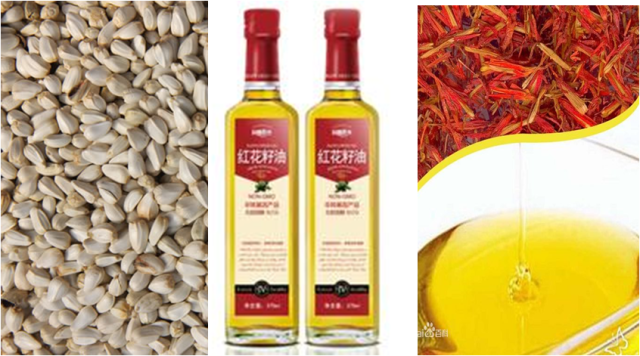
Each safflower ovary can yield 15-20 seeds, and the seeds can be pressed for oil, known as safflower seed oil.
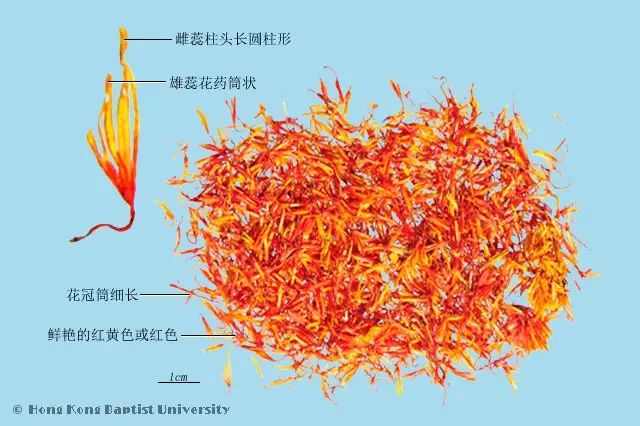
The medicinal part is the safflower, but it is not purely red; it may also contain yellow or orange flowers.
Historical Significance of Safflower
Safflower is also known as Honglanhua
In the realm of Traditional Chinese Medicine (TCM), safflower is commonly referred to simply as safflower, but it also has another name: Honglanhua (red-blue flower). In the Han Dynasty, Zhang Zhongjing recorded a prescription in the Jinkui Yaolue for treating women’s abdominal pain, named Honglanhua Wine. During my studies, I found it curious why safflower was called Honglanhua, and I began to investigate for the purpose of writing about daily herbs…
Historical Applications of Safflower
Although the Han Dynasty recorded Honglanhua Wine, later scholars doubted its authenticity as a formula by Zhang Zhongjing, because the Shennong Bencao Jing, a pharmacopoeia from the same period, did not mention safflower. Subsequent texts like the Bencao Jing Jizhu from the Southern and Northern Dynasties also did not include it. It wasn’t until the Song Dynasty’s Kaibao Bencao in 973 that safflower was documented. Slightly later, in 1061, Su Song wrote in the Bencao Tujing:
Safflower, also known as Honglanhua, is now found everywhere. People plant it in fields, sowing seeds in winter on prepared land, and by spring, seedlings emerge, blooming in summer. The plant has many thorns, and the flower stamens emerge from the thorns. The farmers collect dew from the flowers, and after harvesting, new flowers will continue to emerge until the end of the season. The seeds inside the capsules are white and about the size of small beans. The flowers are dried to produce a true red dye and to make rouge. It is primarily used for treating postpartum blood conditions.
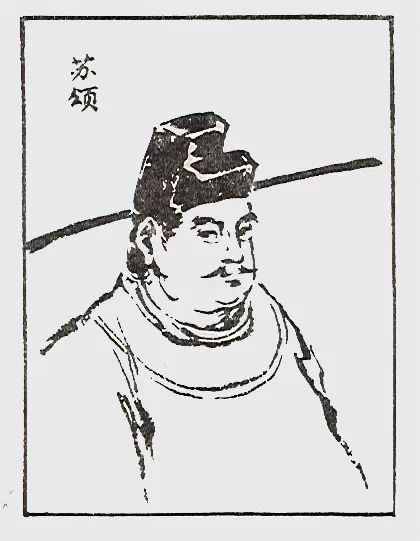
“The leaves resemble blue, hence the name blue,” this is the reason Su Song provided for the name Honglanhua. I looked up “blue,” and whether it refers to Qinglan or Songlan, the leaves do not resemble safflower at all, clearly not the case.
Safflower was used in Ancient Egypt
Safflower is not unique to China, nor did it originally come from China. Historically, safflower is one of the earliest cultivated crops, widely used in Ancient Egypt. Archaeologists have extracted safflower components from textile artifacts dating back to the Twelfth Dynasty of Egypt (1979-1801 BC, corresponding to China’s Xia Dynasty); in the well-known tomb of Pharaoh Tutankhamun (1341-1323 BC, corresponding to China’s Shang Dynasty), there were flower garlands made from safflower.
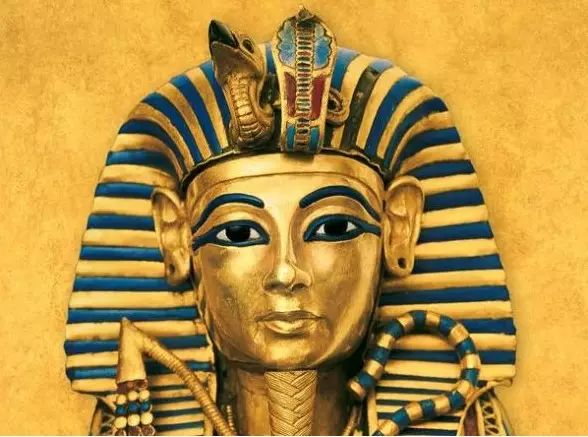
Safflower and the Xiongnu
The term Yanzhi is indeed correct, not a typo. It is also written as Yanzhi, which later became known as Rouge. This refers to the pigment extracted from safflower produced in the Yanzhi Mountain region of the Xiongnu in Northwest China (between today’s Yongchang County and Shandan County in Gansu Province). This ancient cosmetic, used as lipstick or blush, was utilized by Xiongnu women and referred to as Yanzhi.
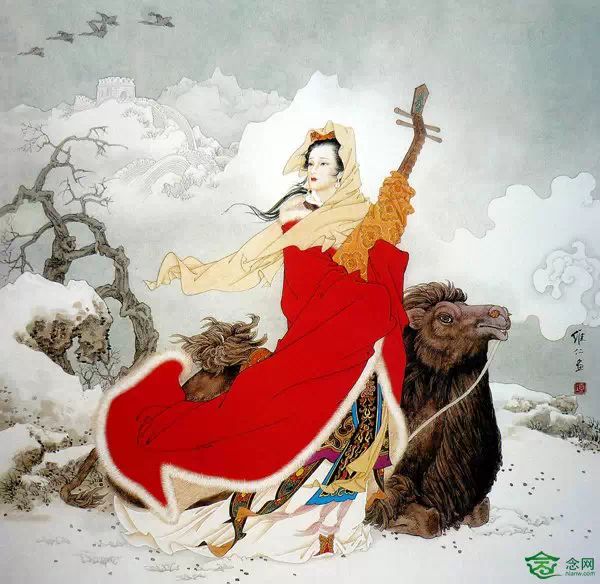
The Xiongnu were a nomadic people of the Eurasian continent, existing from 209 BC to 216 AD. Recalling what I learned in middle school history, the Xiongnu left a deep impression. The Xiongnu and Ancient Egypt were not contemporaneous, so there was no interaction, but it is highly likely that ancient nomadic peoples brought the safflower techniques from Ancient Egypt to the Xiongnu.
 After General Huo Qubing of the Han Dynasty defeated the Xiongnu and took control of the Hexi region, the Xiongnu left behind a poem: “Losing my Qilian Mountain, my livestock cannot thrive; losing my Yanzhi Mountain, my women have no color.” The latter line translates to: without Yanzhi Mountain and safflower, our Xiongnu women have no cosmetics and can only appear bare-faced at weddings.
After General Huo Qubing of the Han Dynasty defeated the Xiongnu and took control of the Hexi region, the Xiongnu left behind a poem: “Losing my Qilian Mountain, my livestock cannot thrive; losing my Yanzhi Mountain, my women have no color.” The latter line translates to: without Yanzhi Mountain and safflower, our Xiongnu women have no cosmetics and can only appear bare-faced at weddings.
Yanzhi Became Popular After the Han and Jin Dynasties
There are legends about the origin of rouge, claiming it came from the Shang Dynasty’s Daji, but I believe this theory is unfounded. If it were during the Shang Dynasty, safflower should have been recorded in the Shennong Bencao Jing by then. Another theory suggests it came from the Western Regions and the Xiongnu, which is more plausible. In 139 BC, Emperor Wu of Han sent Zhang Qian to the Western Regions to strengthen ties with various countries. Upon his return, Zhang Qian brought back a wealth of foreign culture, including safflower rouge to China.
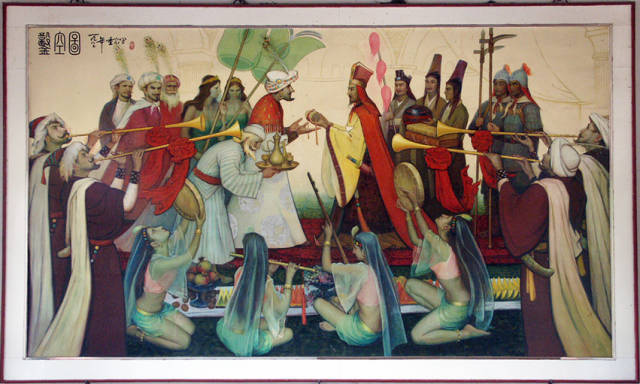
In the Jin Dynasty, Cui Bao wrote in the Gujin Zhu: Caomu that: “Yanzhi, with leaves resembling thistles and flowers resembling cattails, comes from the West. The locals use it for dyeing, calling it Yanzhi. The Chinese call it Honglan.” The poem by Tang poet Lu Zhaolin: “The Hu flute breaks the willow, the Han envoy collects Yanzhi” is also a testament. Thus, safflower was introduced to China during the Han Dynasty, primarily as a dye. The Nan Shi: Qi Ji Xia: Fei Di Hailing Wang states: “During the reign of Emperor Wu, Yanzhi was used for red clothing, and all officials wore it.” The dyeing effect of safflower far surpassed the previously used Su Fangmu and Jiang, hence safflower dyeing was referred to as “true red.”
After the Han and Jin Dynasties, numerous poems referenced Yanzhi as a cosmetic, such as Xu Ling from the Southern Dynasties: “In the Southern capital, stone black is most effective for double moths; in the Northern land, Yanzhi particularly highlights two cheeks.” Tang poet Yin Yaofan wrote: “The performer’s bamboo sound lingers in the air, the Qin girl’s tears wet the Yanzhi red.” In poetry, Yanzhi is often referred to as red makeup, with the most famous being in the Mulan Ci: “Elder sister hears younger sister coming, at the door arranging red makeup,” and other verses like: “Who can admire the bright mirror, holding it to reflect the red makeup”; “Red makeup binds the white waist.”
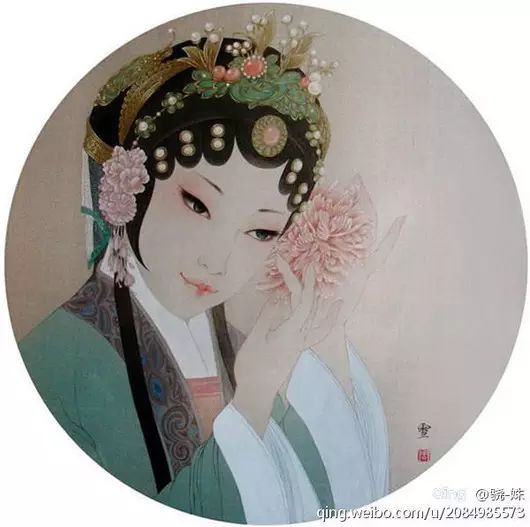
Later, Yanzhi gradually evolved into “Yanzhi” and “Yin Zhi,” until it is now referred to as “Rouge.”
Explanation of Honglanhua
Understanding the above history can confirm the doubts about the Honglanhua Wine in the Jinkui Yaolue. However, regarding the name Honglanhua, I believe it is not as Su Song described: “The leaves resemble blue.” In the Shuowen Jiezi, the term blue is explained as: “Blue, a dyeing plant.” You should be familiar with the phrase “Qing comes from blue and surpasses blue,” where blue does not refer to the color blue as we understand it today, but rather a plant capable of dyeing blue.

Thus, Honglanhua should be interpreted as a flower that dyes red. The Kangxi Dictionary cites Su Song’s Gujin Zhu: “Yanzhi, the Chinese call it Honglan,” which is the best evidence. Safflower also contains yellow flowers, and when extracting red, the yellow can be removed by crushing and soaking. The yellow safflower is also known as Huanglanhua, meaning a flower dyed yellow.
Traditional safflower dyeing is rarely practiced now, and the name Honglanhua has gradually been replaced by the medicinal safflower. If you ask those studying TCM, few have heard of Honglanhua.
Safflower’s Medicinal Value
Invigorating Blood and Resolving Stasis
Safflower, being red, enters the heart and blood, used for various blood stasis conditions, internal masses, sores, abscesses, traumatic pain, rheumatic pain, menstrual irregularities, dysmenorrhea, and abdominal pain, etc. It is also used for rashes and other symptoms. Since the Yuan Dynasty, Wang Haogu’s Peach Blossom Four Substance Decoction has made safflower and peach kernel the best partners, inseparable. Nowadays, TCM prescriptions often combine peach kernel and safflower.
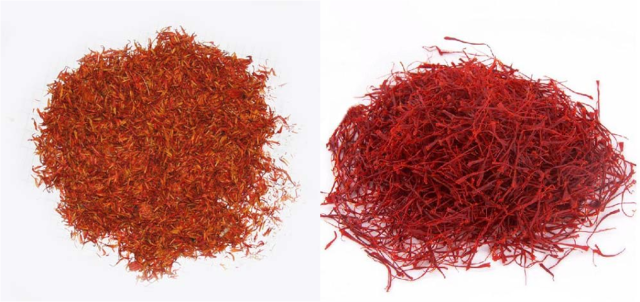
It should be noted that there is another herb called Western Saffron, also known as 藏红花 (Zanghonghua) or 番红花 (Fan Honghua), which is the dried stigma of the herbaceous plant Crocus sativus. It is very expensive, with effects similar to safflower, but they are not the same herb. Due to the high price of Western saffron, merchants often mix safflower into it; those familiar with herbal medicine can easily distinguish between them. (In the image, safflower is on the left, and Western saffron is on the right.)
Methods of Application for Safflower
Invigorating Blood and Alleviating Pain
Safflower can invigorate blood and naturally alleviate pain, as one manifestation of blood stasis is pain (refer to previous discussions on peach kernel). Recently, some have been soaking safflower in water for foot baths, which I agree with, but it is not suitable for everyone. Safflower water can also be used for external washing to relieve joint pain. It can also be soaked in alcohol for external use to alleviate pain.
“Zheng Honghua Oil” from Southeast Asia and Hong Kong is used to treat injuries and swelling. Although it is called safflower, it does not contain safflower; do not confuse it. I have not yet clarified why it is called Zheng Honghua Oil; if you know, please enlighten me.
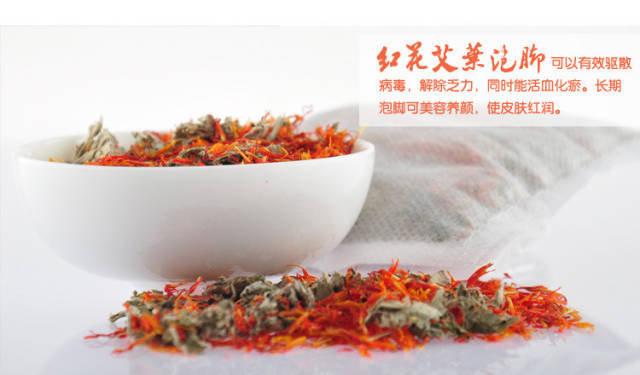
Safflower Rouge
The traditional method for making red dye is as follows: crush safflower, add clean water to soak, allowing the yellow pigment to dissolve and removing the yellow juice. Then, rinse with sour liquid or rice washing water to remove residual yellow pigment, resulting in a residue containing red pigment (the traditional method is called “killing flowers”).
The safflower residue is clarified several times with alkaline water or rice straw ash, allowing the red pigment to dissolve, and then dyeing can proceed. After dyeing, use black plum water to fix the color. If safflower pigment is soaked in starch, it can be made into rouge. (You can try making traditional rouge yourself; I found many images that are more illustrative, but due to the length of this article, I will attach them in future discussions on Western saffron, so please pay attention.)
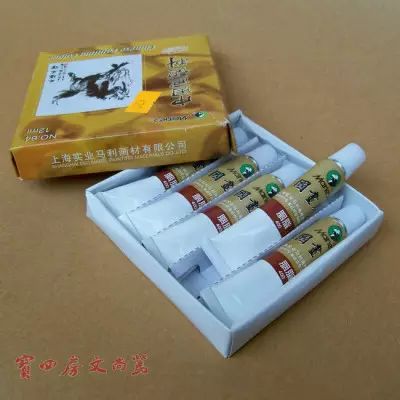
Additionally, in traditional Chinese painting, there is a pigment called rouge, traditionally made from safflower, with other components like madder. Traditional Chinese painting contains much knowledge of herbal medicine, and we will mention it whenever we encounter it in the future.
Safflower’s Global Applications
Safflower is known in English as Safflower, with the Latin name Carthamus tinctorius. It is primarily used as a dye. In the 19th century, safflower became known worldwide for its main component, carthamine, which is used not only as a dye but also as a natural food additive for coloring food. Today, safflower is widely cultivated in over 60 countries, including India, the United States, and Mexico, with an annual commercial output of up to 600,000 tons. Besides being used as a dye, safflower seeds are primarily pressed for oil. In China, safflower is mainly used as an herb, and most people only know safflower as a medicinal herb.
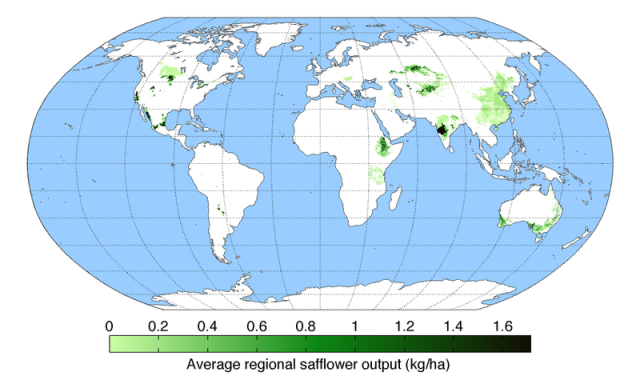
The following passage is for medical students; those who understand will naturally understand.
Jinkui Yaolue: For women with sixty-two types of wind and abdominal blood stasis pain, Honglanhua Wine is the main treatment. The formula for Honglanhua Wine (doubtful if it is Zhang Zhongjing’s formula): one tael of Honglanhua, one other herb, with one large sheng of wine, decoct until reduced by half, take half at once; if not relieved, take again.
Kaibao Bencao: Taste is pungent, warm, and non-toxic. It is used for postpartum blood stasis, mouth lock, internal evil blood not cleared, cramping pain, and fetal death in utero, and is taken with wine.
Yao Lei Fa Xiang: Treats postpartum mouth lock, blood fainting, internal evil blood insufficiency, cramping pain, and is effective for breaking retained blood.
Yao Xing Fu: Taste is pungent, nature is warm, and non-toxic. It is yang. Its uses are fourfold: to expel internal evil blood and replenish blood deficiency, to eliminate postpartum stagnant blood and stop blood fainting.
Bencao Yan Yi Bu Yi: Breaks retained blood and nourishes blood. Excessive use breaks blood, while minimal use nourishes blood.
Follow the WeChat public account Daily Herb, where the author will send you daily updates on “Daily Herb” messages.Click the upper right corner to View Public Account, then click View Historical Messages to read previous herbs, or directly reply with the herb name, or reply with numbers 1, 2, 3…, reply with Directory or History to view the corresponding number of published herbs.


